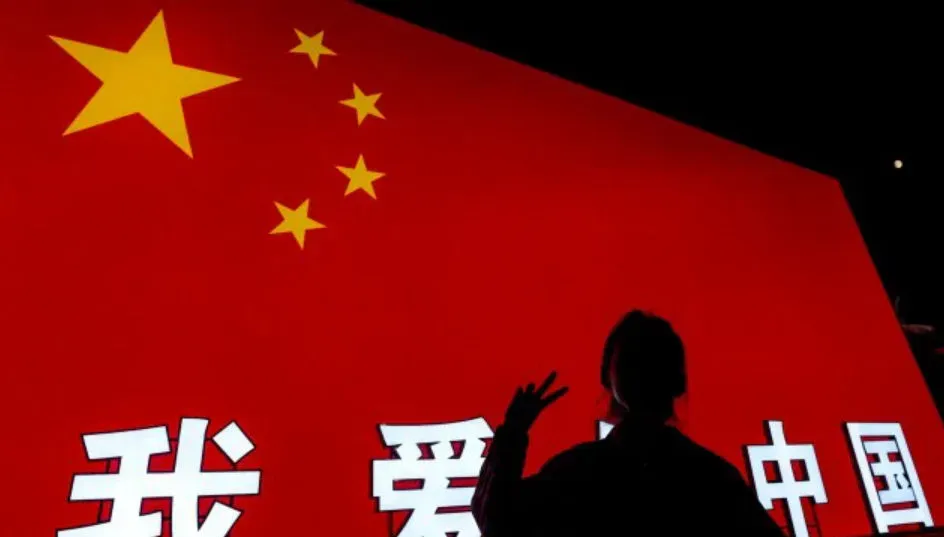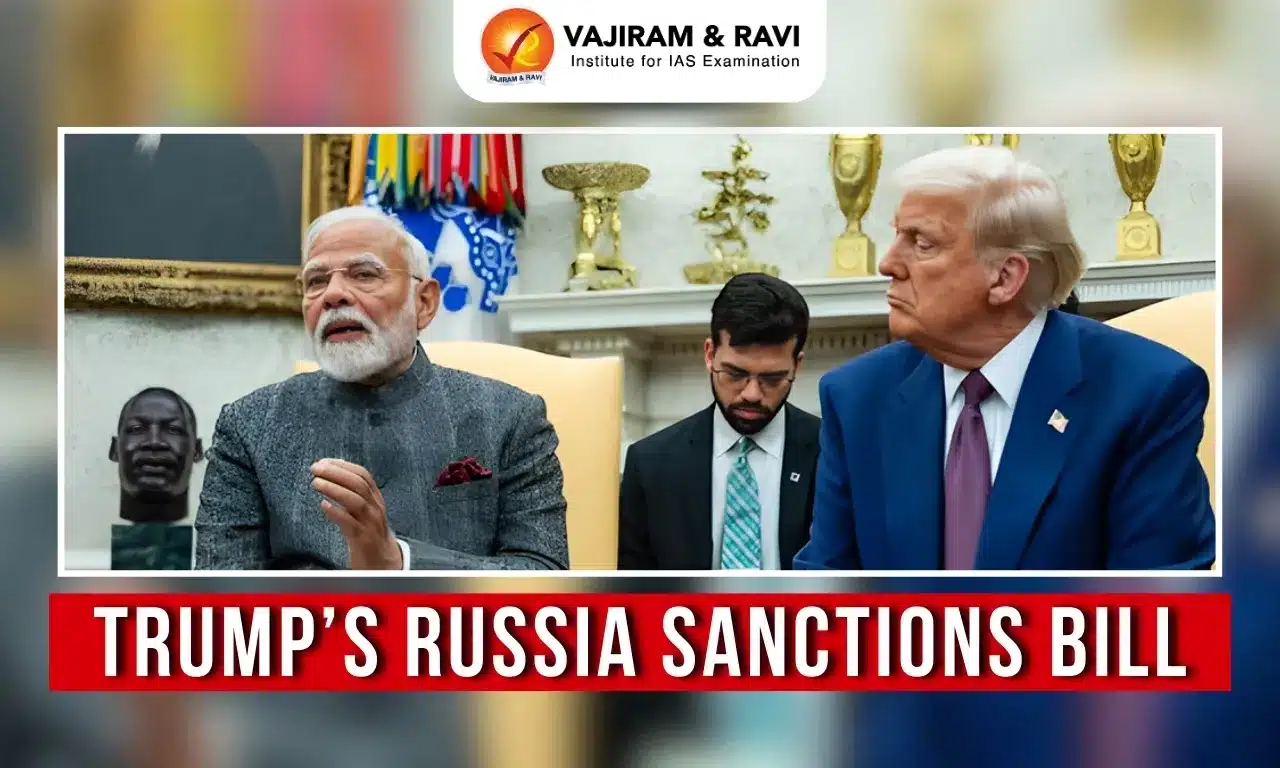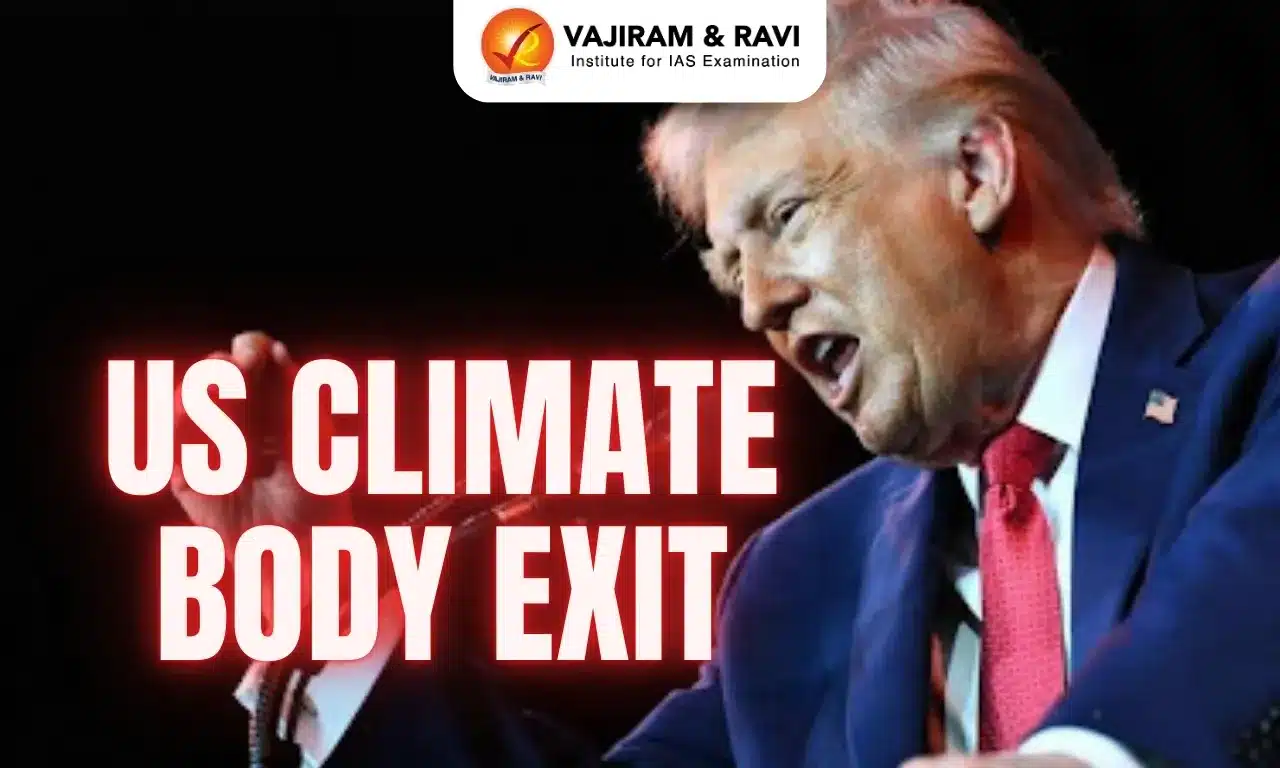What’s in today’s article?
- Why in News?
- What is China Shock 1.0?
- China’s increasing share of global export
- India – China Trade Relation
Why in News?
Global markets are facing a surge in Chinese exports, referred to as “China Shock 2.0,” which has intensified trade tensions. Major economies like the US, India, and others are responding with heightened tariffs to counter the influx of Chinese goods.
What is China Shock 1.0?
- In the 2000s, there was a debate on whether China would become a capitalist powerhouse or retain its communist ideology.
- US President Bill Clinton supported China’s accession to the WTO, believing that economic integration would lead to political reform in Beijing and align it with values like economic freedom.
- Clinton argued that China’s WTO membership would not only increase imports of American products but also foster democratic principles.
- However, the years following China’s entry into the WTO became known as the “China Shock”.
- Cheap Chinese goods, driven by a large, inexpensive labor force, flooded global markets, leading to widespread manufacturing job losses internationally.
- This shock disrupted Western economies and had a detrimental impact on Indian manufacturing and trade as well.
China’s increasing share of global export
- Statistics
- China’s share in global export market has increased by 1-7% in the last five years. From sub 14%, it has moved beyond 15.5% in last five years.
- Between July 2023 and July 2024 the exports of China have increased by $18.8B (6.67%) from $282B to $301B, while imports increased by $14.8B (7.33%) from $201B to $216B.
- Hence, it can be said that China’s share of global exports has been increasing. It is now the world’s largest exporter and trading nation.
- Factors driving the renewed wave of goods exports by China
- China’s ambition to move up the export value chain to high-tech sectors such as solar equipment, electric vehicles, and semiconductors.
- Domestic demand slump, forcing China to export more aggressively.
- Other supporting factors include:
- China’s supporting industrial policies which revolve around tax incentives, subsidies and greater access to funds.
- Increased focus on R&D also forms part of China’s Industrial Policy.
- Made in China 2025 strategy
- Beijing’s ‘Made in China 2025’ strategy is a long-term plan to transform China into a global high-tech manufacturing leader by 2049.
- Introduced in 2015, this strategy is aimed at:
- achieving 70% self-sufficiency in hi-tech industries by 2025,
- competing with other manufacturing rivals by 2035, and
- transforming the country into a global manufacturing powerhouse by 2049.
- This involves promoting advanced sectors such as electric vehicles, semiconductors, and renewable energy.
- Under this strategy, the government provides subsidies, including low-interest loans and tax breaks, to hi-tech companies.
- Impact on India and Other Economies
- IMF recently highlighted concerns about China’s external surpluses, driven by industrial policies aimed at boosting exports amidst weak domestic demand.
- The IMF warned that this could lead to “China Shock 2.0”, displacing workers and harming industrial activity in other countries.
- The rise in exports threatens local industries and global trade stability, escalating international trade tensions.
- In order to counter this surge, recently, the US has imposed significant tariff hikes on Chinese imports, aiming to curb the flood of products:
- 100% duty on electric vehicles (EVs)
- 50% duty on solar cells
- 25% duty on steel, aluminum, EV batteries, and certain minerals
India – China Trade Relation
- Statistics
- China was the top supplier of goods to India in 2023-24, accounting for imports valued at $101 billion, while India exported goods worth $16.65 billion.
- India’s imports from China grew at a much faster pace than from the rest of the world.
- Goods imports from China surged from $10.87 billion in 2005-06 to $61.71 billion in 2015-16.
- This dependence grew so much that despite many economic restrictions on Chinese businesses following the Galwan clash in June 2020, imports from China surpassed a record $100 billion in 2023-24.
- Impact
- For India, the impact is already evident, with imports from China rising by nearly 60%—from $70 billion in FY19 to $101 billion in FY24, according to official data.
- This surge could further strain India’s manufacturing sector, trade balance and ultimately hurt India’s ambition to become global power.
- Steel Industry Struggles with Chinese Influx
- Despite slowing exports, Chinese steel imports have surged globally, including in India. Key statistics include:
- India’s iron and steel exports dropped nearly 19% year-on-year in August 2024 and 29.4% during April-August 2024-25.
- Finished steel imports from China to India hit a seven-year high in the first five months of FY24-25.
- India’s overall finished steel imports reached a six-year high of 3.7 million metric tons between April and August 2024.
- The surge in Chinese steel is eroding profits and threatening the stability of steel industries globally, particularly in Europe and India.
- China’s dominance in electronics
- India’s mobile phone exports have surged over the past two years, driven by investments from global tech companies like Apple, which has expanded manufacturing in the country.
- However, India’s reliance on Chinese imports for electronic components remains largely unchanged.
- In FY24, India imported:
- Over $12 billion worth of electronic components from China,
- $6 billion from Hong Kong, together accounting for more than half of India’s total electronic component imports.
- Despite growth in electronics manufacturing, India’s dependence on China persists.
- Electronic components import, valued at $34.4 billion, were the fifth-largest commodity imported, following crude oil, gold, petroleum products, and coal, according to Ministry of Commerce data.
- Strategy employed by India
- India is utilising both options:
- imposing anti-dumping and anti-subsidy duties, and;
- implementing quality control orders (QCO) to check imports of cheap items from China.
- New Delhi is also considering collaborating with other Western countries to meet the challenge of Chinese hi-tech products capturing a lion’s share of the global market.
- Counter response by China – Blocking India’s access to solar equipment
- The Economic Survey 2023-24 warned that in response to India’s anti-dumping probe against Chinese entities, China has been quietly blocking India’s access to solar equipment.
- India aims to achieve 500 GW of renewable energy capacity by 2030, investing $4.5 billion in clean energy manufacturing.
- However, 80% of India’s solar cells and modules still come from China, which dominates the global solar supply chain.
Q.1. What is “China Shock 2.0” and its impact on global markets?
“China Shock 2.0” refers to the surge in Chinese exports of high-tech goods, which is disrupting global markets and harming industries in various countries, including India. The influx of inexpensive goods is straining local manufacturing sectors and intensifying international trade tensions.
Q.2. How is India responding to the challenges posed by China Shock 2.0?
India is responding by imposing anti-dumping duties and quality control measures to restrict imports of cheap Chinese goods. Despite this, India’s dependence on Chinese imports, especially for electronics and solar equipment, continues to grow, threatening its manufacturing sector’s stability.
Source: Electronics to solar equipment to steel, India grapples with China Shock 2.0
Last updated on January, 2026
→ Check out the latest UPSC Syllabus 2026 here.
→ Join Vajiram & Ravi’s Interview Guidance Programme for expert help to crack your final UPSC stage.
→ UPSC Mains Result 2025 is now out.
→ UPSC Notification 2026 is scheduled to be released on January 14, 2026.
→ UPSC Calendar 2026 has been released.
→ UPSC Prelims 2026 will be conducted on 24th May, 2026 & UPSC Mains 2026 will be conducted on 21st August 2026.
→ The UPSC Selection Process is of 3 stages-Prelims, Mains and Interview.
→ Prepare effectively with Vajiram & Ravi’s UPSC Prelims Test Series 2026 featuring full-length mock tests, detailed solutions, and performance analysis.
→ Enroll in Vajiram & Ravi’s UPSC Mains Test Series 2026 for structured answer writing practice, expert evaluation, and exam-oriented feedback.
→ Join Vajiram & Ravi’s Best UPSC Mentorship Program for personalized guidance, strategy planning, and one-to-one support from experienced mentors.
→ UPSC Result 2024 is released with latest UPSC Marksheet 2024. Check Now!
→ UPSC Toppers List 2024 is released now. Shakti Dubey is UPSC AIR 1 2024 Topper.
→ Also check Best UPSC Coaching in India

















